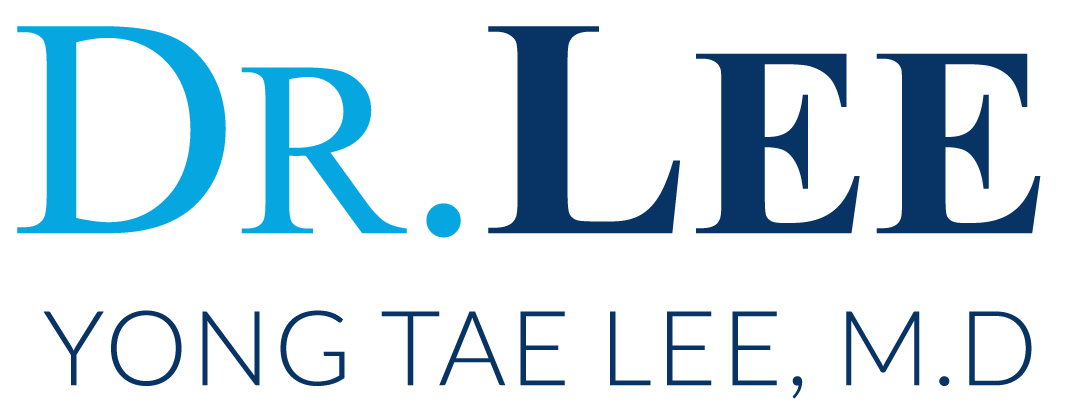– Venous Disease –
[ CVI Explained (Chronic Venous Insufficiency) ]
Healthy leg veins have valves that keep blood flowing to the heart. Chronic venous insufficiency develops when the valves stop working properly and allow blood to flow backward (i.e. reflux) and pool in the lower leg veins. If chronic venous insufficiency is left untreated, symptoms can worsen over time.
Chronic venous insufficiency may cause the following symptoms in your legs¹:
Varicose veins
Aching
Swelling
Cramping
Heaviness or tiredness
Itching
Open skin sores
Restlessness
Chronic Venous Insufficiency
CVI, one of the underlying causes of venous ulcers, is a potentially serious and progressive medical condition. Symptoms can worsen over time if left untreated.
Chronic venous insufficiency is 2 times more prevalent than coronary heart disease (CHD) and 5 times more prevalent than peripheral arterial disease (PAD).
Varicose veins may be more than just a cosmetic issue
Varicose veins are not the same as spider veins (visit our Glossary of Terms page here to find out more about spider veins)
Varicose veins affect BOTH men and women
Who is at Risk for CVI
CVI can affect anyone; gender and age are factors that may increase your risk.³ For example, women older than 50 are more likely than others to develop CVI. Other factors that may increase your risk, include:
Family history
Sedentary lifestyle
Trauma
Prolonged Standing
Obesity or excess weight
Current or previous pregnancies
Smoking
Prevention
For mild forms of CVI, lifestyle changes may be recommended to control existing symptoms and prevent others. The following measures may help prevent varicose veins and CVI:4
Manage body weight
Exercise regularly, focusing on exercises that work your legs (run or walk)
Elevate your legs whenever possible
Avoid prolonged standing or sitting
Avoid clothes that are tight around the waist, groin or legs
Avoid shoes that limit use of calf muscles (i.e., high heels)
Eat a diet low in salt and rich in high-fiber foods
Treatments
Varicose veins are often misunderstood as a cosmetic problem and many people living with them do not seek treatment. The good news is that there are minimally invasive treatment options available for varicose veins and CVI.
The ClosureFast™ procedure uses controlled and consistent heat delivered by the ClosureFast™ catheter to seal the diseased vein. Once the vein is sealed, blood is rerouted to nearby healthy veins.
The ClosureFast™ procedure has been rigorously tested and proven across multiple studies and patients.5-8
The VenaSeal™ closure system delivers a small amount of proprietary medical adhesive to the diseased vein. The adhesive seals the vein and blood is rerouted through nearby healthy veins.
Three clinical studies demonstrate results that support the clinical safety and effectiveness of the VenaSeal™ closure system.9-11
References:
Criqui, M.H., Denenberg, J.O., Langer, R.D., Kaplan, R.M., & Fronek, A. (2013). Epidemiology of Chronic Peripheral Venous Disease. In J.J. Bergan & N. Bunke-Paquette (Eds.), The Vein Book (pp. 27-36). New York, NY: Oxford University Press.
American Heart Association, SIR, Brand et al. “The Epidemiology of Varicose Veins: The Framingham Study”.
“Chronic Venous Insufficiency.” Vascular Web. Society for Vascular Surgery, Jan. 2011. Web.http://www.vascularweb.org/vascularhealth/Pages/chronic-venous-insufficiency.aspx
“Varicose Veins and Spider Veins.” Department of Health and Human Services, June 2010. Web.http://www.womenshealth.gov/publications/our-publications/fact-sheet/varicose-spider-veins.pdf
Proebstle TM, Alm BJ, Gockeritz O et al. Five-year results from the prospective European multicentre cohort study on radiofrequency segmental thermal ablation for incompetent great saphenous veins. British Journal of Surgery. 2015;102:212-8.
Proebstle T, Alm J, Gockeritz O, et al. Three year European follow-up endovenous radiofrequency thermal ablation of the great saphenous vein with or without treatment of calf varicosities. J Vasc Surg. 2011;54(1)146-52.
Almeida JI, Kaufman J, Goekeritz O, et al. Radiofrequency Endovenous ClosureFAST versus Laser Ablation for the Treatment of Great Saphenous Reflux: A Multicenter, Single-Blinded, Randomized Study (Recovery Study). JVIR June 2009.
H. Rasmussen, M. Lawaetz, L. Bjoern, B. Vennits, A. Blemings and B. Eklof, Randomized Clinical Trial Comparing Endovenous Laser Ablation, Radiofrequency Ablation, Foam Sclerotherapy and Surgical Stripping for Great Saphenous Varicose Veins. British Journal of Surgery Society Ltd., Wiley Online Library, www.bjs.co.uk, March 15, 2011.
Morrison N. et al, Randomized trial comparing cyanoacrylate embolization and radiofrequency ablation for incompetent great saphenous veins (VeClose). Journal of Vascular Surgery. 2015.
Proebstle TM et al, The European multicenter cohort study on cyanoacrylate embolization of refluxing great saphenous veins. Journal of Vascular Surgery. 2014.
Amleida JI et al, Two-year follow-up of first human use of cyanoacrylate adhesive for treatment of saphenous vein incompetence. Phlebology: published online 30 March 2014.



